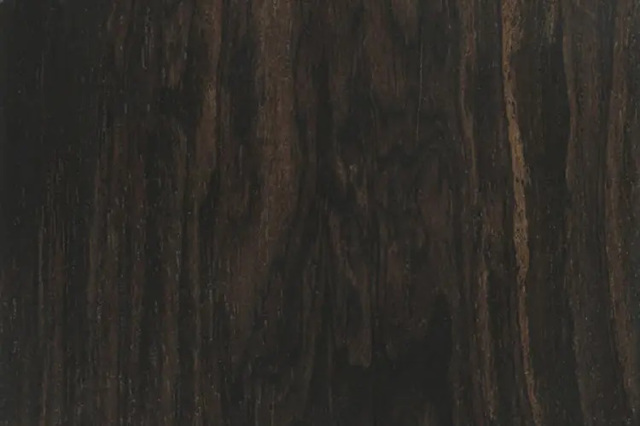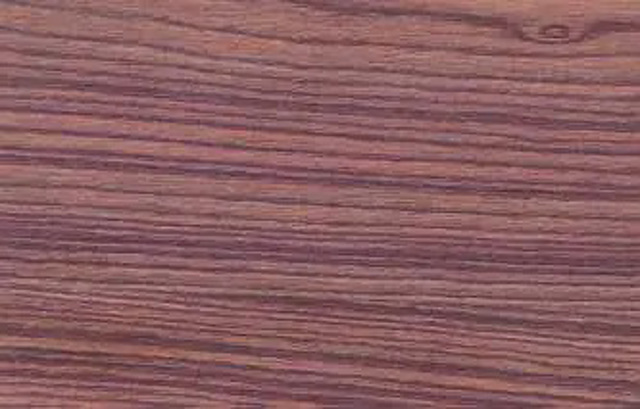What Types of Wood Are Clarinets Made From?
You probably already know that some wind instruments are made from wood or plastic. For these wind instruments, several different types of wood are used, and sometimes even a composite material of (artificial) resin and wood fibers. Each material influences the tonal character of an instrument. Types of wood have different surface textures, which cause the way sound reflects inside the body to vary between different woods.
These properties are essential for making instruments that can last a long time and maintain pure sound and tone. The material determines the sound quality of the instrument not by vibrating itself, but by interacting with the vibrating air inside the instrument. It is important that the vibrating air in the instrument is not dampened. One of the factors that dampens the vibration is a rough finish on the inside of the tube. Therefore, the wood used for a wind instrument needs to have high density and a fine grain to achieve the smoothest finish.
The second factor in preserving the sound quality relates to moisture. A musician's breath contains a lot of moisture and is warmer than the outside air. Water droplets that condense inside the instrument spoil the sound. So, the wood must be able to absorb some moisture. On the other hand, it is also important that the wood does not deform when it comes into contact with moisture. When the instrument deforms, the sound deforms as well. The instrument can also crack due to moisture and temperature differences between the inside and outside of the instrument. The resistance of the wood to moisture is often further enhanced by oiling or impregnating the wood with paraffin.
Clarinets made in Europe must comply with EU regulations on wood. Therefore, European clarinets are not made from illegally logged wood.

Why Not Synthetic Materials?
Because grenadilla is an endangered wood species, polymers and composites have been introduced. Makers and players report hearing differences in sound quality between instruments made from different woods and alternative materials. Currently, man-made materials still have disadvantages in sound.
The right material choice and improvements in the production process make it possible to create synthetic instruments with a sound quality nearly equal to the best wooden instruments. The Green Line by Buffet Crampon is the first of these. These clarinets are made from grenadilla wood fibers combined with resin.

Grenadilla
Grenadilla wood has been used since the late 19th century/early 20th century to build clarinets. This is the most popular wood used in clarinet construction. In the past, it was easily available in large quantities with good quality, making it ideal for fast, precise mass production.
This wood has one of the highest densities. As a result, the fundamental tone, as well as the high frequencies, are less dominant, while the midtones stand out. The result is a compact, centered sound with a lot of projection and volume. These properties make grenadilla clarinets very suitable for clarinetists in larger orchestras.
Due to its high density, grenadilla wood is also more resistant to moisture.
Boxwood
Boxwood was the wood from which all clarinets were made 300 years ago because it sounded good and was easy to work with. However, since the beginning of the 20th century, its use has declined due to industrial production and the ability to import exotic wood from various colonies. The slow growth of boxwood was another reason for switching to other types of wood; there simply wasn't enough wood to meet demand.
Instruments made from boxwood have an extremely flexible, rich sound, even at extreme dynamics (fortissimo to pianissimo) and extreme pitches (high & low). Compared to grenadilla, it is lighter and has a softer, rounder timbre.


Mopane
Mopane has not been used as clarinet wood for very long but is gradually conquering the clarinet world. In density and weight, it can be compared to grenadilla. Visually, mopane differs from grenadilla with a beautiful red color.
In terms of sound, mopane falls between grenadilla and boxwood. It has a compactness similar to boxwood, which provides an even greater dynamic range. It has better projection than grenadilla, resulting in a full sound. With these versatile sound characteristics, mopane wood develops its own unique, powerful tone.
Cocobolo
Cocobolo has a looser fiber structure, making it particularly suitable for deep-sounding instruments. Therefore, cocobolo is primarily used in the construction of basset horns and bass clarinets. The sound is less compact but softer, warmer, and extremely colorful with clear articulation, creating a unique, interesting character that many musicians prefer. Due to its less compact sound, cocobolo is extremely suitable for chamber music.


Cocus
Cocus wood resonates with a very pure and earthy timbre. Cocus feels more flexible than grenadilla and supports a wide range of dynamics with good projection. This wood is strong and produces a beautiful, full resonance that is consistent across all registers. The articulation feels quick and responsive. This tropical wood is native to the West Indies. In appearance, cocus is medium to dark reddish-brown with darker, blackish streaks.
Kingwood
Kingwood has a smooth sound with a radiant timbre. Its bright response provides enormous resonance, flexibility, and effortless projection. It feels easy to play and responds with quick, clear articulation. This wood is full of possibilities in timbre and dynamic range, and lends itself to a brilliant upper register and a strong, resonant lower register. Kingwood comes from Brazil and is a member of the rosewood family. Its appearance is beautifully dark purplish or reddish-brown with darker black streaks.

Composite
Since 1994, Buffet Crampon has been making Green Line instruments. Green Line means that the body of the instrument is made from a composite of grenadilla wood and synthetic resin. The acoustic properties of grenadilla are largely preserved. The sound and response of the instrument are hardly affected. The biggest advantage of a composite clarinet is that the body can no longer crack, making these clarinets very suitable for outdoor playing.
Plastic
ABS (plastic) clarinets are always beginner clarinets. These clarinets are less sensitive than wooden clarinets but do not sound as beautiful as wooden clarinets. The sound of an ABS clarinet lacks the warmth of wood. The strength of the material makes these clarinets ideal for children.